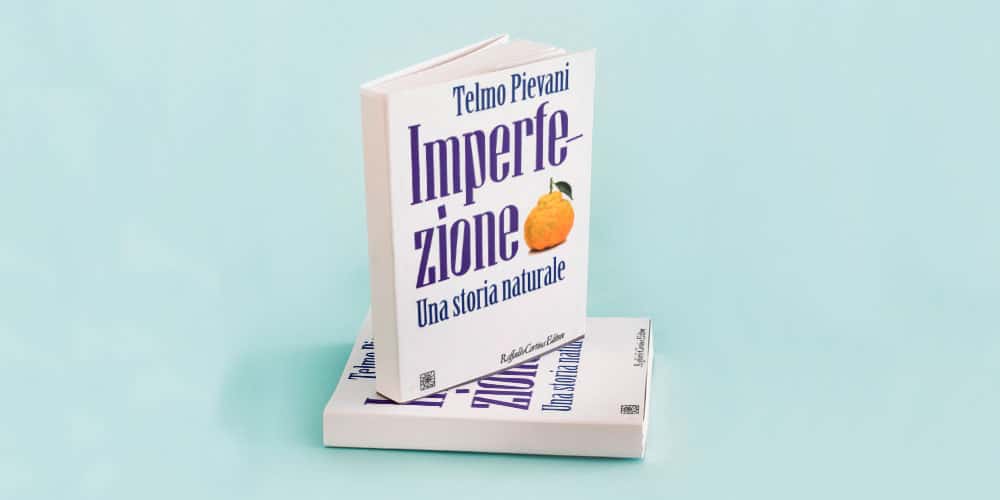Rita Levi Montalcini, the great Italian scientist and 1986 Nobel Prize for Medicine winner entitled her autobiography “In praise of imperfection”. The science philosopher and evolutionist Telmo Pievani has gone one step further, and with his latest book “Imperfection. A natural Story” he actually writes a theory of imperfection.
But haven’t nature and the cosmos always been considered the symbol of perfection? This is, in fact, a false belief.
Let’s take, for example, DNA, which is the essential foundation for the development and correct functioning of the majority of living organisms. This is how Pievani describes it: “Perfect? Not at all. If it was, it wouldn’t work. It is here in fact that the most brilliant of imperfections comes into play. From duplication to duplication, DNA is easily transmitted, but not without random copying errors. Duplication has always been imperfect: slight changes, deviations, re-combinations. DNA has this crucial ambivalence: it is stable, otherwise there wouldn’t be any transmission of genetic evolution, and at the same time it is variable, otherwise there wouldn’t be any evolution. The error in evolution is that it is generative, it is the lifeblood of change”:
We live in a world that is developing, evolving and transforming by subsequent approximations. The key principle is that nothing is created from nothing, but that the existing is re-combined. This universal law is also valid for the “marvellous machine” that is the human body:
“The presumed perfection of the human body. Even this, dating back to what happened in the nucleus of every cell to the structure of our organs, is a time capsule that carries with it the traces and scars of a long and difficult evolutionary history”.
Seen from up close, many aspects of nature, humans and evolution are in fact chaotic, superfluous and often “adjusted” by strokes of luck. But this, paradoxically, is great news. We tend to think that the imperfections that fill the biological world are only a side effect, a cost to be borne in order to achieve a higher goal. On the other hand, they have a positive value and contain masses of creativity, which is the driver of evolution itself.
In view of these surprising observations, we must review the excessively anthropocentric perspective on which we have built our way of thinking. Pievani tells us, rather unsubtly, that as humans, we need a heavy dose of humility:
“The next time that you get caught up in a hunger for greatness and perfection, think of microbes: they were here before us, they chemically transformed the planet, we couldn’t live without them, and everything suggests that they will continue to dominate the Earth even after Homo Sapiens has left it”.
In fact, if we get rid of our prejudices, we discover that we have a large number of things in common with other living beings, to which we are closely interconnected:
“The upper limbs of a human being, a mole, a horse, a dolphin and a bat are used for completely different functions (to grasp, dig, run, swim and fly), but they have the same basic model, i.e. the same bones are in the same reciprocal positions: they aren’t perfect for what they have to do, but to compensate they are a sure sign of a common descent”.
What this means is that ours will not be “the best possible world”, but that it is, without doubt, an ingenious and vital one, where many interesting things can happen (nothing is determined in advance) and where its imperfections and differences are in fact its most precious asset:
“The moral of the story is that reducing diversity, standardizing the world, breeding animals all as clones, planting monoculture estates, everyone speaking the same language, everyone thinking in the same way, is never a good idea”.



